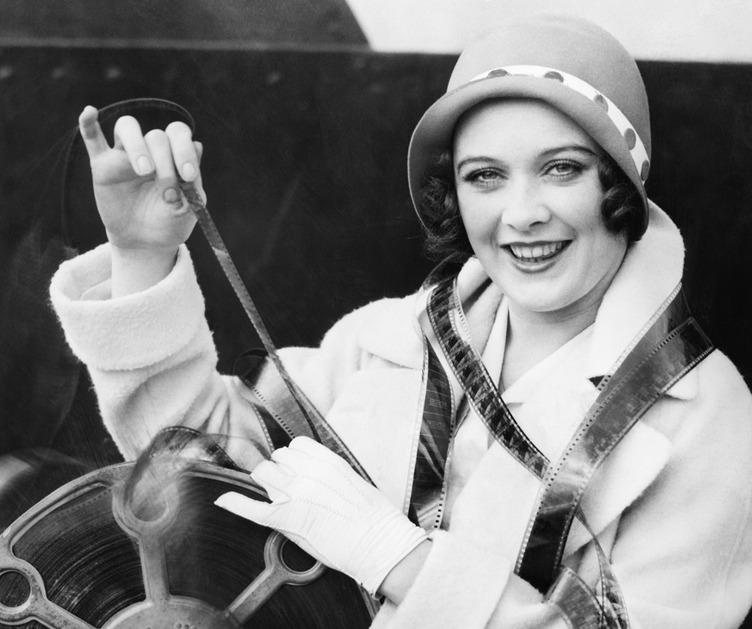Send your question to Umbra!
Q. Dear Umbra,
I work in a film-related business in Los Angeles, and we have lots of old tape and film materials to dispose of. We recycle what we can, but much of this material cannot be recycled. Is there anybody making useful stuff out of old magnetic tape, like people do with old juice pouches and soda bottles? I wonder if there is any way to turn this waste stream into raw materials for other products.
CB
Los Angeles, Calif.
A. Dearest CB,
Before I answer your question, a note to all my dearest readers: Grist needs 2,500 donations by tomorrow to meet our winter fundraising goal — could you give $5, $25, or even more to support my work? I would be ever so grateful, and even jocund.
Asking if anyone is making useful stuff out of a particular type of material is like asking if anyone is breathing. You name it, someone is doing something creative with it. While I must admit I am not much of a DIY-er, this craft fetish we are experiencing is good news for America’s waste problem.
The DIY craze is particularly welcome during the holidays, as it helps us reduce our consumption and buy less stuff. In fact, Grist is somewhat consumed by this theme at the moment — read all about Greg Hanscom’s no-stuff adventures on prime-time TV, follow Claire Thompson as she avoids buying corporate for Christmas, and see how our resident Greenie Pig, Elizabeth Kwak-Hefferan, is making all her own gifts.
In the case of film, I am seeing evidence of all sorts of interesting projects. I’m not sure any of them are occurring at a scale that’s going to ease the solid-waste burden of your industry, which generates an estimated 18 million pounds of trash each year, and we’ll discuss the scale issue in a moment. But first let’s take a look at some of the creative things people are making:
- Lampshades and large-scale lighting fixtures
- Collapsible bookshelves
- Cute reusable gift bows
- Earrings and other accessories
- Portraits of cultural icons
- and at least one dress
There’s also someone making fabric out of tape from cassettes. I don’t know if the same could be done with movie film, but it’s an interesting idea. And while you didn’t ask about film canisters, those are being used in all sorts of high-end (and often overpriced) products, from coffee tables to lamps to wine racks.
Keen, hard-nosed researcher that I am, I began to notice that the items made from canisters were connected with places like Nordstrom and Anthropologie, while products made from film seemed relegated to the world of independent entrepreneurs. But I didn’t connect the dots until I talked with the folks at TerraCycle. Spoiler: You’re going to want to talk to them too.
TerraCycle specializes in partnering with individuals and corporations to collect waste, upcycle the things it can into objets d’delight, and recycle the rest, creating raw material for other products. As it happens, the TerraCycle headquarters in Trenton, N.J., features an enormous chandelier made from movie film, and the design team there has built several prototypes of film-based products, including belts and bags. They even have DIY instructions for gift bows made from film and other materials. But a VP there, Albe Zakes, says the group ran into a problem when it thought about marketing these items on a mass scale: a little thing called intellectual property rights. Seems you’d need to secure permission from every recognizable actor and brand in a film before putting such products on the market. Which would be, as Zakes put it, “a logistical nightmare.”
But good news, CB! Zakes was very excited by your letter, and hopes to explore the idea of TerraCycle starting a film-recycling program. This outfit has plenty of experience figuring out how to recycle oddities, including cigarette butts, chewing gum, and dirty diapers, so they’re up for a challenge. They also have relationships with some of the leading production companies. I know Hollywood has taken some steps toward greening itself lately, and I encourage you to find out if there’s any way to make this part of the saga end happily.
Cinematically,
Umbra




